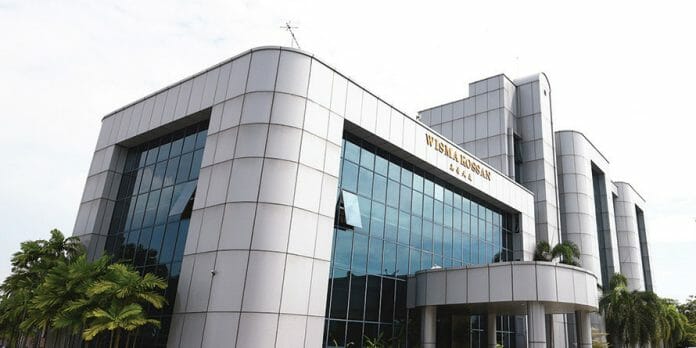Kossan Rubber Industries (KRIs’) expanded ESG tear sheet and assign a below average overall score of 38 (over 100).
Maybank Investment Bank (Maybank IB) said today (Ma 15) KRI has been strengthening its sustainability infrastructure, carbon accounting mechanism, data collection and disclosure – however, it is currently lacking medium-long term ESG targets.
Looking ahead, Maybank IB expects to see improvements in KRI’s ESG scoring with the anticipated launch of its Sustainability Strategy and Blueprint.
Maybank IB maintains their earnings forecasts, MYR2.08 TP (1.3x FY25E PBV) and made a HOLD call.
Currently lacking ESG targets
KRIs’ overall ESG score of 38 is below average and is currently trailing the ESG scores of its sector peers, namely TOPG (SELL, CP: MYR0.815, TP: MYR0.81) at 47 and HART (BUY; CP: MYR2.56, TP: MYR3.02) at 61.
While KRI has adopted initiatives to enhance its sustainability infrastructure, the lack of disclosures on medium and long-term ESG targets has dragged its scoring compared to its peers.
Additionally, KRI’s board composition is not as diversified as that of TOPG and HART, which have more Independent Non-Executive Directors and female representation.
Strengthening its sustainability structure
KRI is enhancing its sustainability structure. In FY22, it established the Kossan Sustainability Policy & Framework and implemented a carbon accounting mechanism while enhancing data collection and disclosure for Scopes 1, 2 and 3.
KRI has indicated its intention to launch the Kossan Sustainability Strategy and Blueprint and introducing sustainability related KPIs for its management in 2023.
All of these initiatives, once detailed, can be expected to improve its ESG scoring going forward.
Backed by strong balance sheet KRI has the strongest balance sheet among glove makers under Maybank IB’s coverage with MYR2.1b net cash (81 sen/sh) as at Dec 2023.
Coupled with its’ technological know-how, KRI would be able to raise its automation and digitalisation across its entire operation. This would result in higher productivity, lower headcount and better cost competitiveness.









